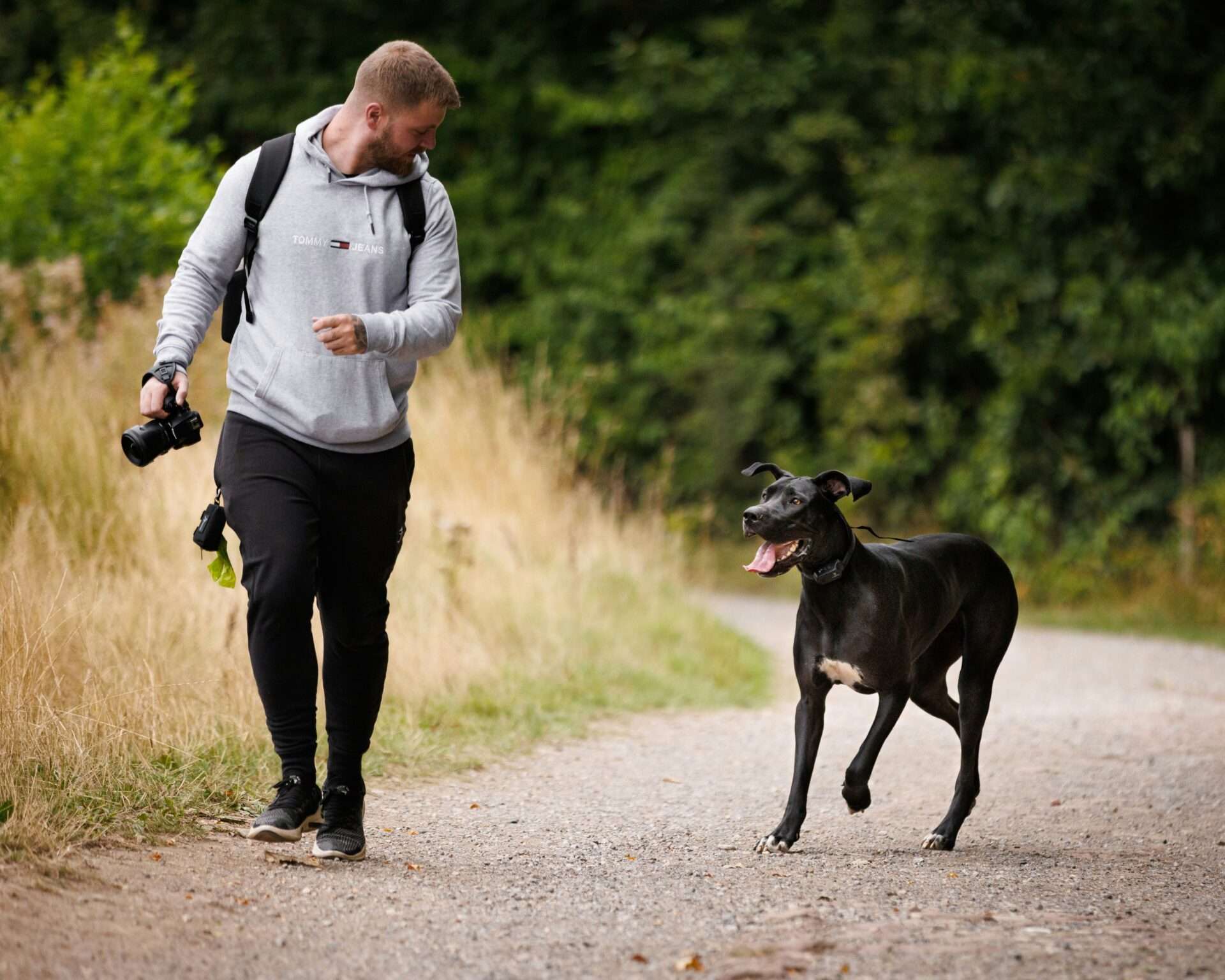The Joy of Running With Your Canine Companion
Running with your dog offers mutual health benefits while strengthening your bond. This guide covers essential preparation, safety measures, and training techniques to create enjoyable running experiences for both you and your furry friend.
Key Benefits of Running With Dogs
- Improves cardiovascular health for both runner and dog
- Strengthens the human-animal bond through shared activity
- Provides mental stimulation and physical exercise for dogs
Getting Started: Preparation Essentials
Assessing Your Dog’s Readiness
Before beginning a running program:
- Schedule a veterinary check-up
- Evaluate breed-specific exercise needs
- Start with short test runs to gauge endurance
Essential Running Gear
Must-have equipment for safe runs:
- Properly fitted harness (not collar)
- Hands-free running leash
- Portable water bottle with bowl
- Reflective gear for low-light conditions
Training Fundamentals
Building Endurance Safely
Progressive training approach:
- Week 1-2: 10-15 minute walk/run intervals
- Week 3-4: 20-30 minute continuous running
- Week 5+: Gradually increase distance by 10% weekly
Proper Running Form
Techniques for optimal performance:
- Maintain loose leash tension
- Keep dog at your side or slightly ahead
- Use verbal cues for pace changes
Safety Considerations
Weather Precautions
Temperature-specific guidelines:
- Above 75°F: Early morning/late evening runs only
- Below 32°F: Consider dog jacket and paw protection
- Always check pavement temperature with hand test
Trail Running Safety
Essential precautions for off-road runs:
- Carry basic canine first aid supplies
- Use tick prevention measures
- Train reliable recall for off-leash areas
Making Runs Enjoyable
Motivation Techniques
Keeping your dog engaged:
- Incorporate play breaks with favorite toys
- Vary routes to provide new smells and sights
- Use positive reinforcement with treats and praise
Social Running Opportunities
Ways to combine exercise and socialization:
- Organized dog running groups
- Canine-friendly 5K events
- Dog park running circuits
Advanced Training
Interval Workouts
Sample speed session:
- 5-minute warm-up walk
- 8x (30 sec fast run/90 sec recovery walk)
- 5-minute cool-down
Hill Training Benefits
Incorporating inclines:
- Builds hindquarter strength
- Improves cardiovascular capacity
- Enhances running form
Post-Run Recovery
Cool Down Routine
Essential recovery steps:
- 5-10 minute gradual cool-down walk
- Paw inspection and cleaning
- Gentle stretching if tolerated
Recognizing Overtraining
Warning signs to watch for:
- Excessive panting post-exercise
- Reluctance to run
- Changes in gait or movement
Conclusion
Running with your dog creates meaningful shared experiences while promoting physical fitness. By following proper training progressions, safety protocols, and keeping sessions enjoyable, you’ll develop a rewarding routine that benefits both you and your canine athlete.
Frequently Asked Questions
At what age can I start running with my puppy?
Wait until growth plates close (typically 12-18 months depending on breed) to prevent joint damage. Consult your veterinarian for breed-specific recommendations.
How often should I run with my dog?
Most dogs benefit from 3-4 running sessions weekly with rest days in between. Adjust based on your dog’s fitness level and recovery.
What breeds make the best running partners?
High-energy breeds like Border Collies, Vizslas, and Labrador Retrievers typically excel, but individual temperament and health are more important factors than breed alone.



